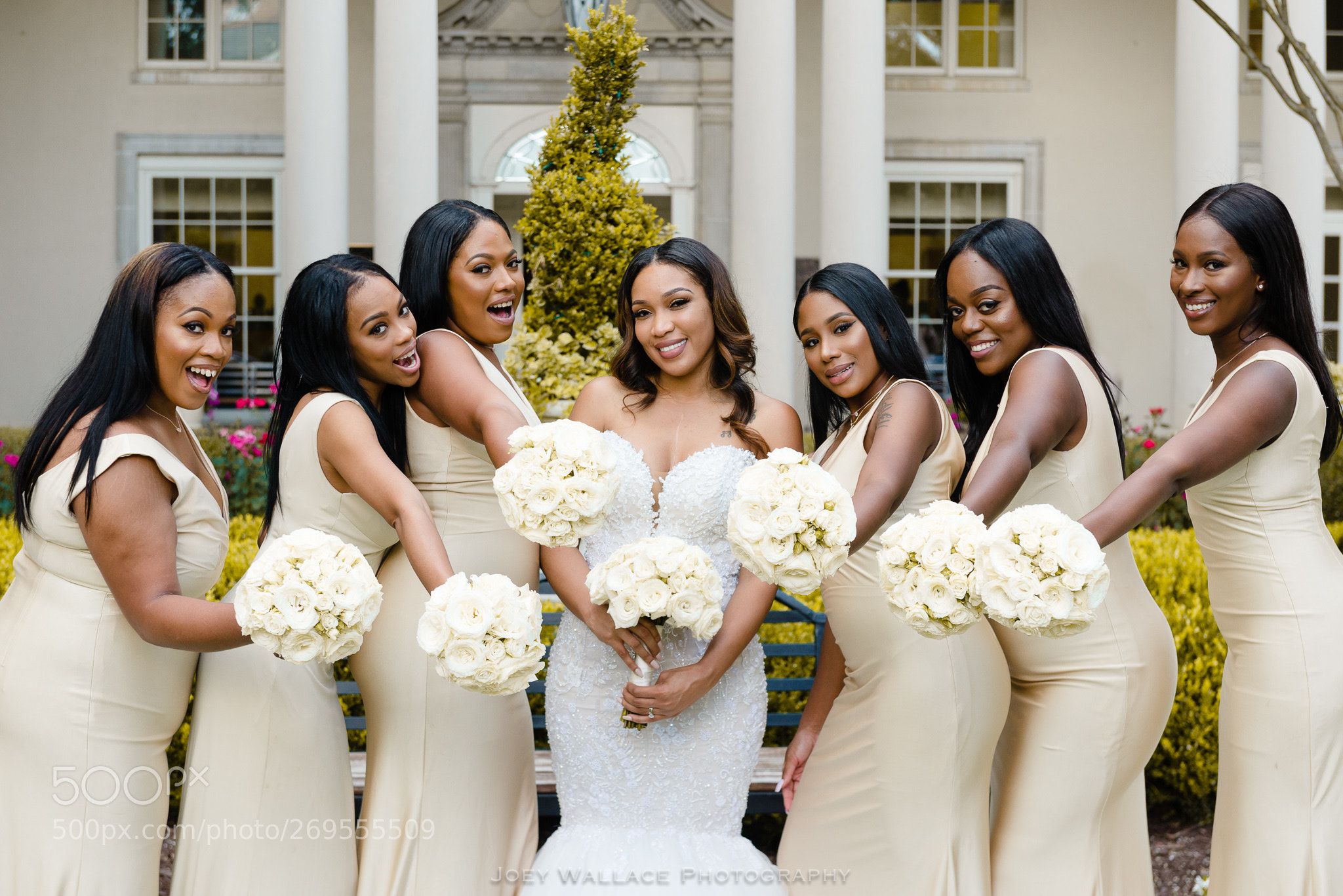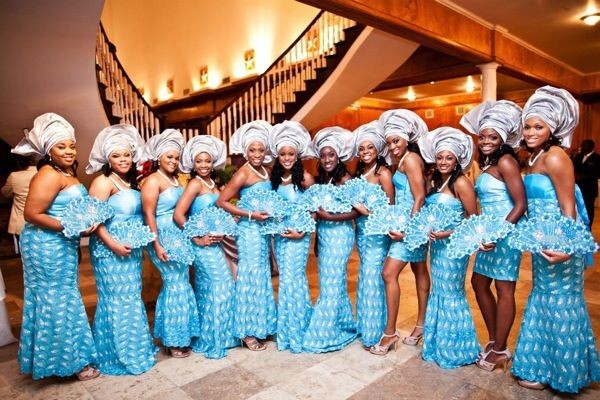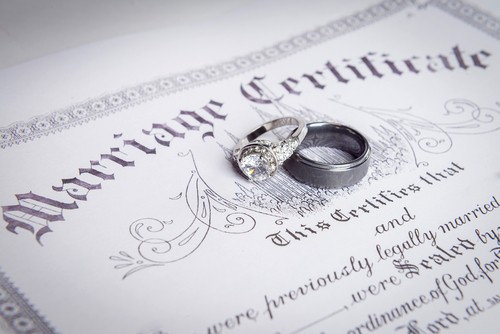7 Different Types Of Brides You Will Probably Meet

The beauty of life is in variety and no two people can ever be alike. In fact, dynamism and uniqueness are part of the components that make the world. People have different ways they handle and deal with things seeing that intending brides are nothing but normal individuals with varying wants. It is odd to expect brides to want the same things and feel the same way.
Here are different kinds of brides you may most likely come across or have come across.
1. Angry Bird (Sorry, Bride)
This one yells at anything and anyone. She is just angry. They are obsessed with having a flawless day so anything that remotely looks like it intends to get in their way takes the heat. She stops at nothing to give herself the near-perfect wedding day.
2. Frugal Bride
Life after the ceremony is apparently very important to her and making sure she doesn’t exceed the wedding budget for any reason. She has winged her way through most of the preparations ensuring that she cuts costs as much as she can.
3. Spendthrift Bride
The direct opposite of the frugal bride. She wants to have the wedding of the century and doesn’t care whose ox is gored or whose account is in red. She just wants all the good things in all the expensive ways that they usually come. The word ‘budget’ is foreign to her.
4. The Unbothered Bride
She is living strictly off vibes and just wants to be happy in the end with no added stress. Can’t be bothered about the fit of her wedding dress, the number of people who turn up or the aesthetics of her cake. She just wants to get married and move on.
5. The Party Animal
She doesn’t mind sleeping through the formalities. She is sitting pretty waiting for the reception so she can party HARD! She is almost like the unbothered bride but in her own case, she is in for a super good time.
6. Prim And Proper Bride
She wants everything to be more perfect than perfect. Every single thing, from her hair to the table cloth on the guests’ tables and she is checking constantly to be certain that nothing is on the path to hitting the rocks.
7. The ‘Juliet’ Bride
Completely in la-la land. She can’t wait to just spend the rest of her life with her groom. Just wants love. love. love. She unabashedly shows this as she randomly keeps touching her groom.
The different kinds of bride you may likely meet are all interesting in their own individual ways and it is amazing to see. In the end, they all have one goal to have a beautiful wedding ceremony and an even better marriage afterwards.
Photo Credit: Pinterest





